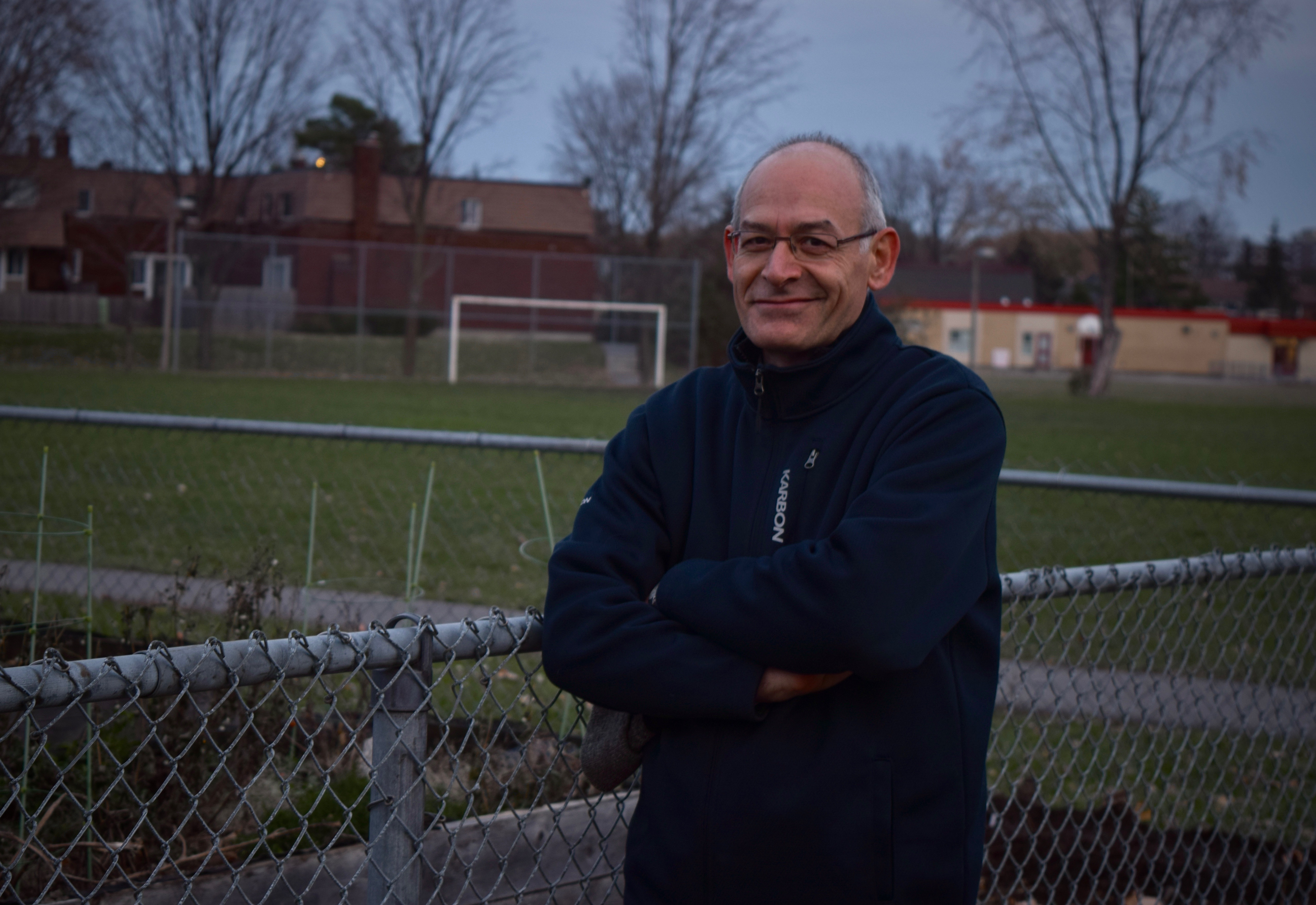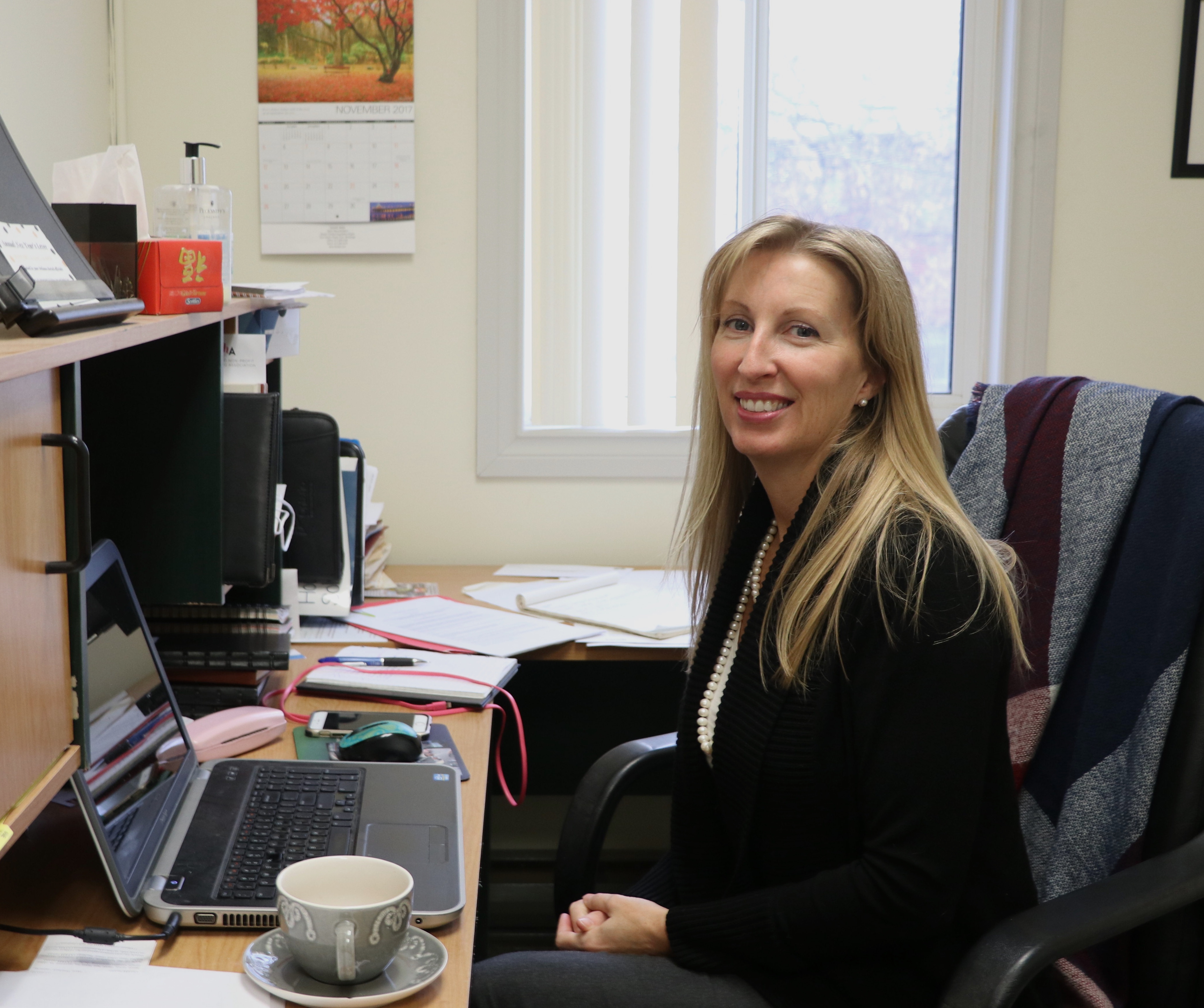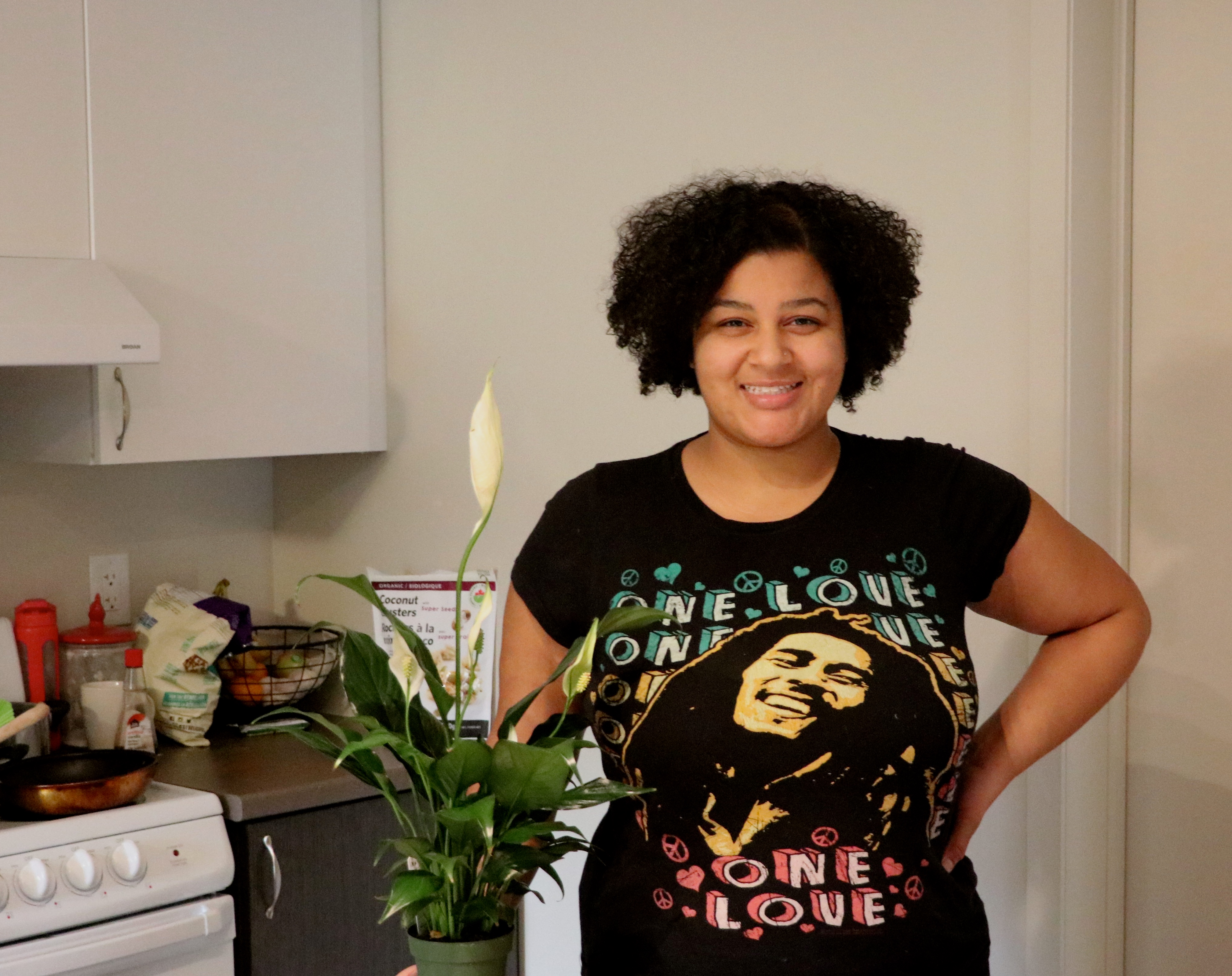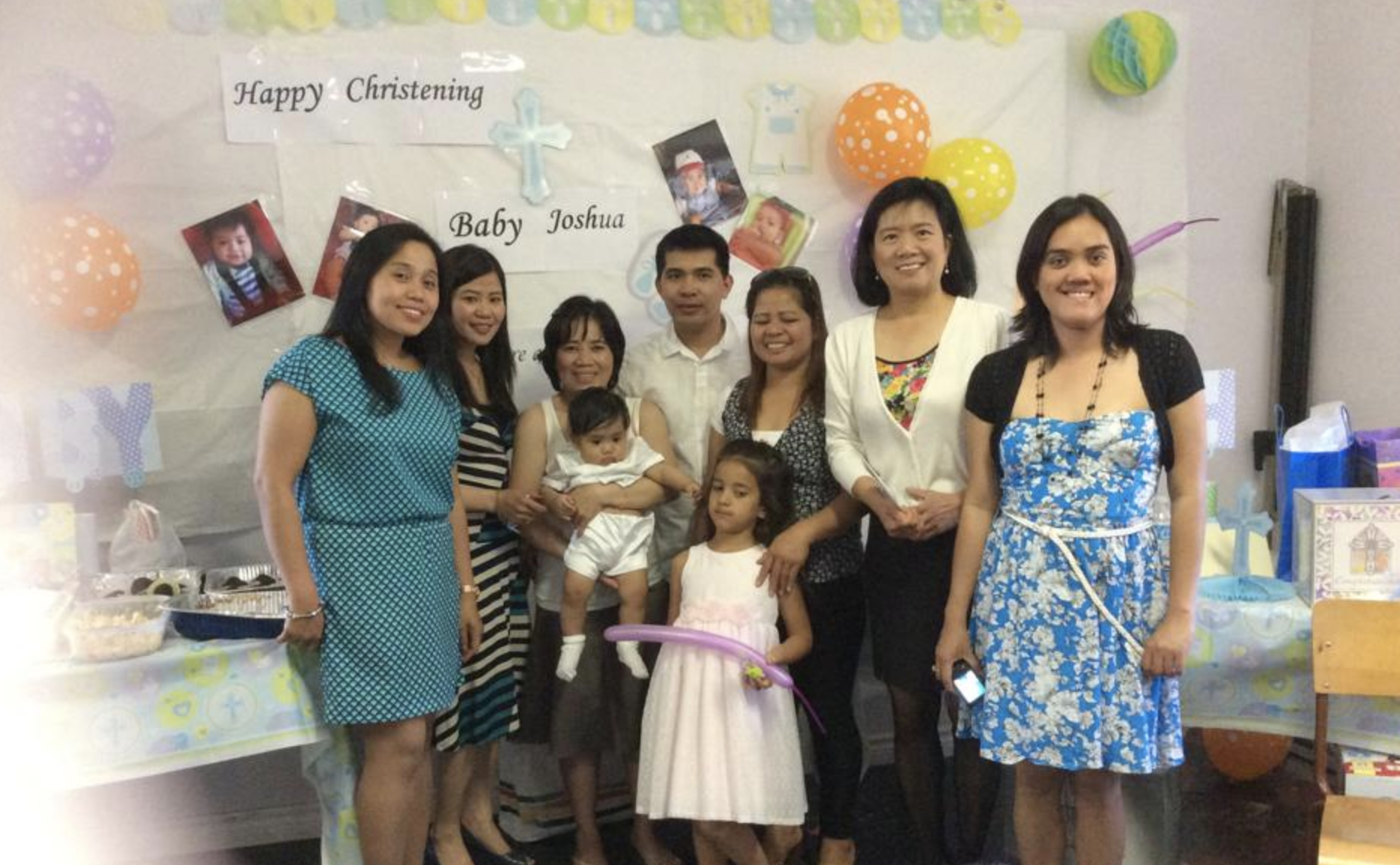As he puts the fur-lined leather hat down on the table he explains how it used to be a beaver. “It was run over” he says, “and then they turned it into a hat.” It is clear that he is very excited to have it. It’s cold outside, November in Ottawa, and he isn’t used to this weather. The hat, the weather and Ottawa are new to him. That’s because he’s only been in the city, in Canada, for 13 months. Before that he was in Jordan. And five years ago, Fadi Sakbani was in Syria.
Sakbani is a refugee. He left his native Syria because his house and his work place were both threatened by the ongoing destruction of the Syrian Civil War. He lost his job as a language teacher and couldn’t make a living. He fled into neighbouring Jordan. Now he sits in an Ottawa coffee shop on Bank Street explaining how he came to Canada.
It was in Jordan where he met Grace Chapman, a Canadian who was teaching English in Amman. Sakbani showed Chapman around the school on her first day. They bonded as they both arrived at the school early every morning and would talk over coffee. They became friends. Eventually they were teaching a course together and Sakbani would join Chapman and her now-husband for dinner at their house.
Fadi Sakbani sits in a coffee shop on Bank Street, Ottawa. A mere 13 months ago he was a refugee in Jordan.
Nathaniel Dove
“He was someone I could always rely on, and as a new teacher that’s an incredible resource to have,” said Chapman via email from Japan, where she now lives and works as an English teacher.
But life in Jordan was difficult for Sakbani. It “got really tough for Syrians,” he says. It was easy to find a job—Sakbani is fluent in English—but as a refugee he was not allowed to work fulltime, even with a work permit.
“You have no social rights there, you can’t get healthcare, you can’t get education, so I just decided to leave,” says Sakbani. He began exploring options. He was awarded a scholarship to Estonia but declined when he realized he would have to commit to returning to Syria after he finished his degree. So in January 2016 Sakbani reached out to Chapman about coming to Canada. She agreed to help.
“As I had e-mailed a family friend and my mom, a thread of e-mails began of us putting together the puzzle pieces and figuring out what we needed,” she said. According to the government’s rules on privately sponsoring a refugee Chapman would need to assemble five people to be sponsors. Those that agreed would need to prove that they could raise the money necessary to support a refugee—collectively about $13 000, according to the website—and that they would all be in Ottawa, where Sakbani would live.
As Chapman was in Kuwait at the time she was ineligible to be a sponsor. But she was still able to organize a group of family friends and her parents to bring Sakbani to Canada.
And his immigration was quick—ten months between the message to Chapman to his plane landing in Canada. Sakbani says that the process usually takes two to three years. He knows he is lucky.
“I think it’s one of the most successful cases that I’ve witnessed here in Canada, because I know a lot of Syrians who were sponsored by the government, by communities or even individuals, private groups, and they’re really grateful but they were not as lucky as me… I was spoiled. I’m still being spoiled.”
Sakbani is an exception to many trends. Not only was the speed of his case so remarkable but he didn’t end up in the areas in Ottawa where most Arab immigrants in the past five years have settled, Osgoode and Versant in Gatineau. Sakbani thinks that so many people live in these areas because they want to be surrounded by people who share the same language and culture.
An interactive map showing where the majority of Arab immigrants to Ottawa now live. The darker the blue colour, the more immigrants reside in that area. Click on the map to explore the data. All data from Statistics Canada
“If I had a family… I would have probably had to live in a community that has more people from my own culture so my family would be able to have friends, because they speak zero English.” He says that not everyone is open to other cultures.
Instead he lived with one of his sponsors in the Glebe for his first year in the country. He now lives with a roommate, another refugee, in Centretown. He has a part-time job and he attends Algonquin College for computer engineering.
He has come very far and accomplished a lot since leaving his home country. His journey has been very different from those of other Syrians.
“Most of my friends just got on a boat together, like all my friends in Syria… got on the same boat, in the Mediterranean, from Turkey—illegally, of course.” This is in 2013, when there were massive amounts of people leaving Syria.
“People where just throwing themselves in the sea…hoping to get picked up near the Greek shores. They were lucky to survive.”
As the cup of tea he is drinking is emptied he starts to look out the window, into the cold street down which he will have to walk to get home. “How can people survive here? I know that I need a couple more winters to get used to it, I’m not looking forward to it. It’s the first snow this year and I’m not happy. I know what’s coming and I’m not looking forward to it,” he says, laughing.
He is wearing a sweatshirt with “Quebec” written on it, the kind that you find in a souvenir shop. And he is smiling. He likes it here. Even in the short time that he has been in the country he says that “Ottawa feels like home.”




















